(TheBRHM.com) I often dive into funk, quiet storm, trap and something of the Latin persuasion when I’m not listening to rock and heavy metal. When you take in different genres, it’s not usual to see influences of some act on another or elements from one genre having a home in another. I always felt that funk and rock were similar only with different instrumental focuses, lyrical content, and the usual ethnic makeup of the acts.
It’s never been particularly difficult to mix in funk with rock or metal to get a good mix. Living Colour, Red Hot Chili Peppers, and Faith No More all did this and produced legendary bangers. As far funk taking in elements of rock, it’s been done with the likes of War, Mandrill, Funkadelic, Prince, and Rick James. We’ll definitely get into Funkadelic because their sound mixed psychedelic rock and their brand of P-funk wonderfully.
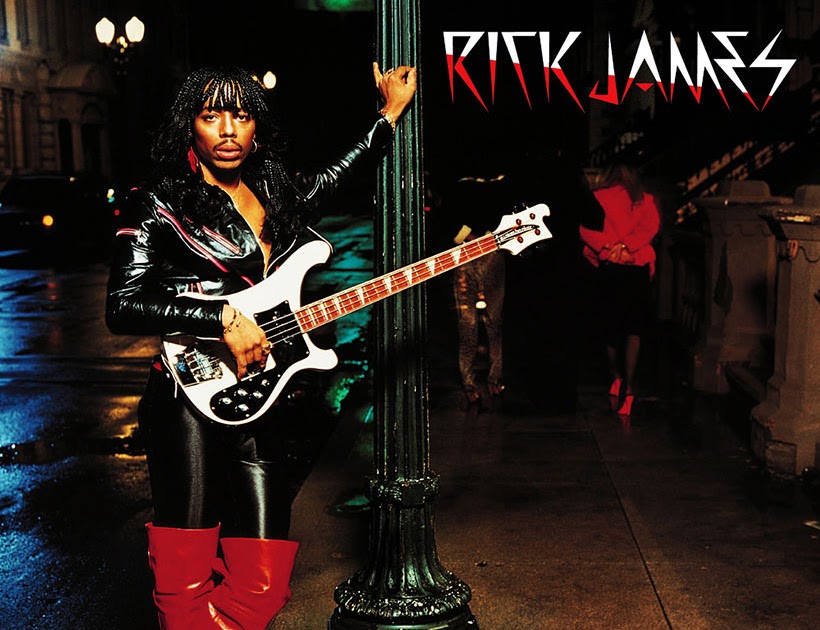
Rick James and His Street Funk
However, Rick James—who had a rock edge to his funk since 1979’s Fire It Up—had been considered one the main names in early funk rock. One way to describe it that I really liked was “funk straight from the street”. That’s actually very accurate because even in metal now, having a sound that has a street-wise edge—especially in speed metal—tends to add some character to a Motorhead, Hellhammer, or early-Venom-inspired band.
While his tales of street life, sex, and sleaze predated the L. A metal likes of Motley Crue, Faster Pussycat, and W.A.S P, it was that extra rock bite that made that took his funk from the jam-like enclosures of Parliament and Bootsy Collins and actually saw him become a name in the early MTV age. His funk and later Prince’s were marketable to the mainstream. It wasn’t dated and was right at home alongside Madonna, Michael Jackson, Bon Jovi, and so on.
Street Songs was the approach of Fire It Up revisited and sharpened. Released in 1981, Rick James had dropped an album loaded with memorable bangers, MTV and radio-ready, and headed up with four very strong singles. The other eight tracks that weren’t singles were no slouches either!
He had found a formula that would work for this period and simply had to stick with it. Of course, those in funk or with funk roots regularly experiment and aim to evolve their sound to some degree. While we might hear some funk acts in a form they’ve been in for 10 to 20 years now, it took them years to get their sound to that point and decide “This is it, this is the sound.”
Plus, you have to hear a funk band live to really hear them go through different influences, sounds, and tempos. Yes, even on records funk can be wild and unchained but even those releases see the acts take the best, most cohesive tracks for a release meant to make a profit. Once they’re live, you get a mix of promo and the band in their natural environment.
Rick James was no different despite the decade. Even when he made a comeback with the momentum from his Chappelle’s Show appearances, there was still a fast and loose approach to his performances as he touched on the classic bangers that brought him to the dance. That approach is why the star of Street Songs, “Super Freak” has an amazing 7-minute version—which could’ve been longer, honestly.
Looking at it now, it would’ve been interesting to see how his sound would’ve evolved in the early 1980s with the rise of the glam metal bands—some of which had a very Rick James-approach to their lyrics and showmanship. Could he have gone in a faster, harder direction as many acts do with age and seniority in the industry or would he have kept his approach in full and become eclipsed by his contemporaries who surpassed him before the decade was out?
Staff Writer; M. Swift
This talented writer is also a podcast host, and comic book fan who loves all things old school. One may also find him on Twitter at; metalswift.


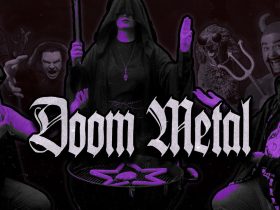




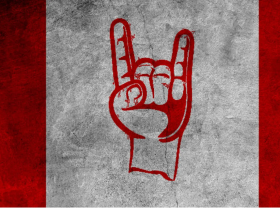
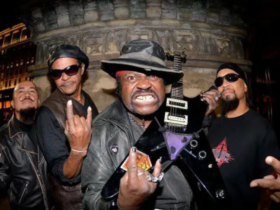
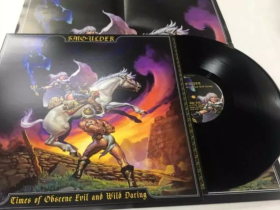
Leave a Reply